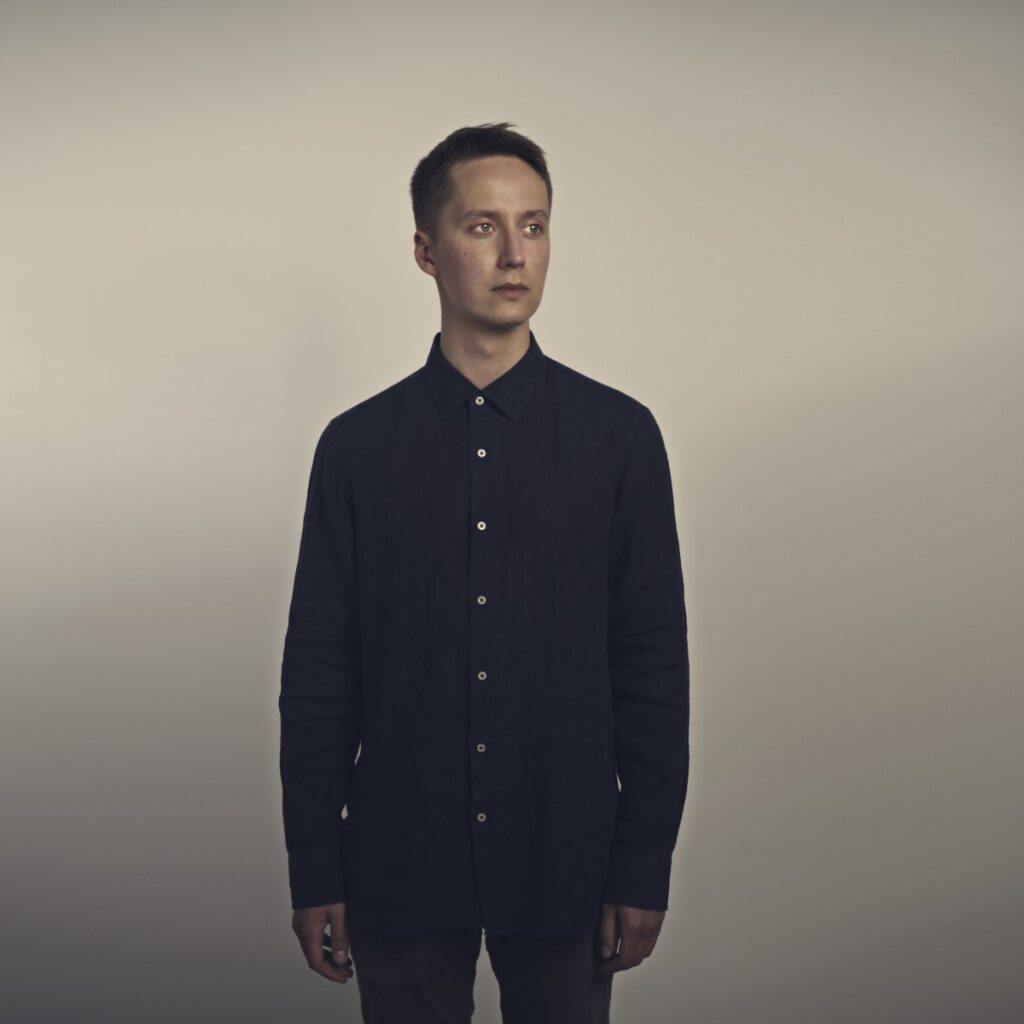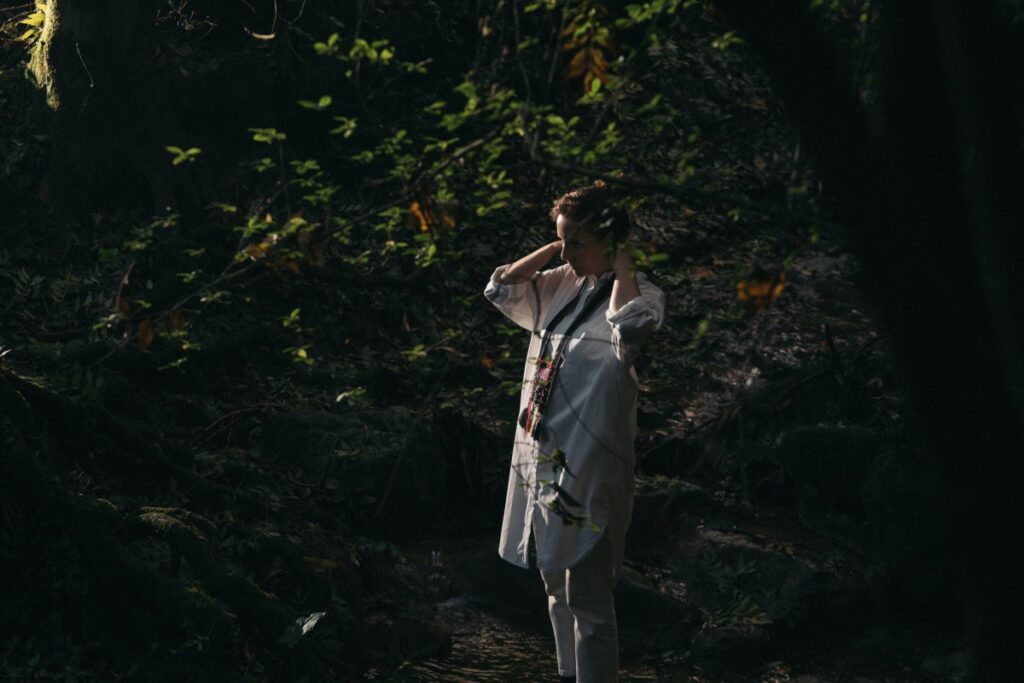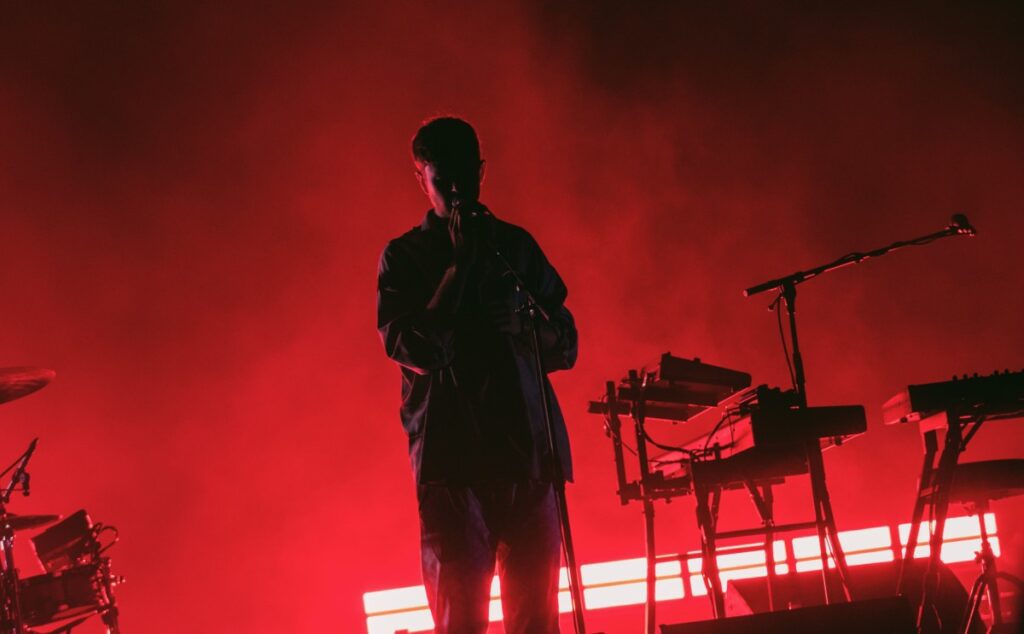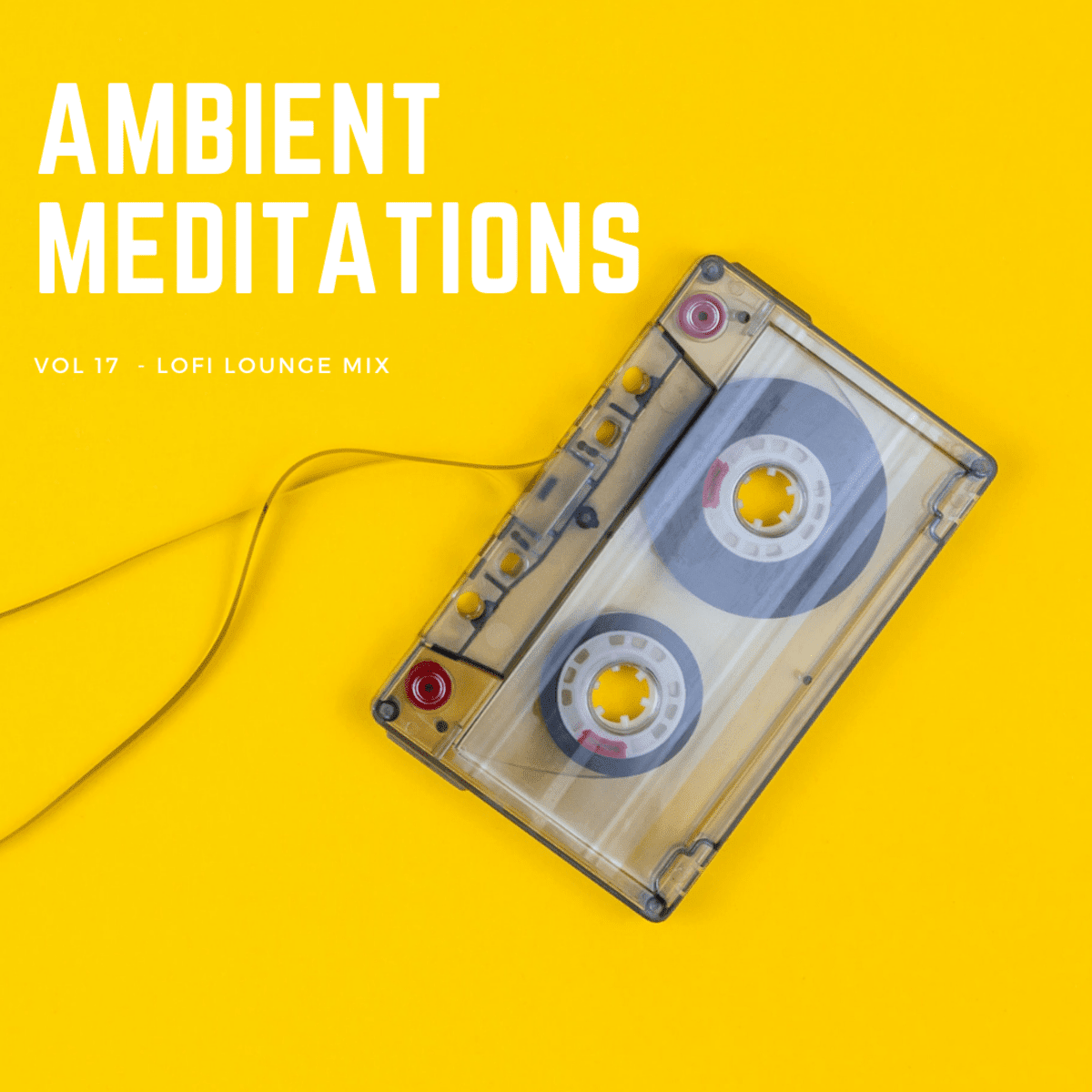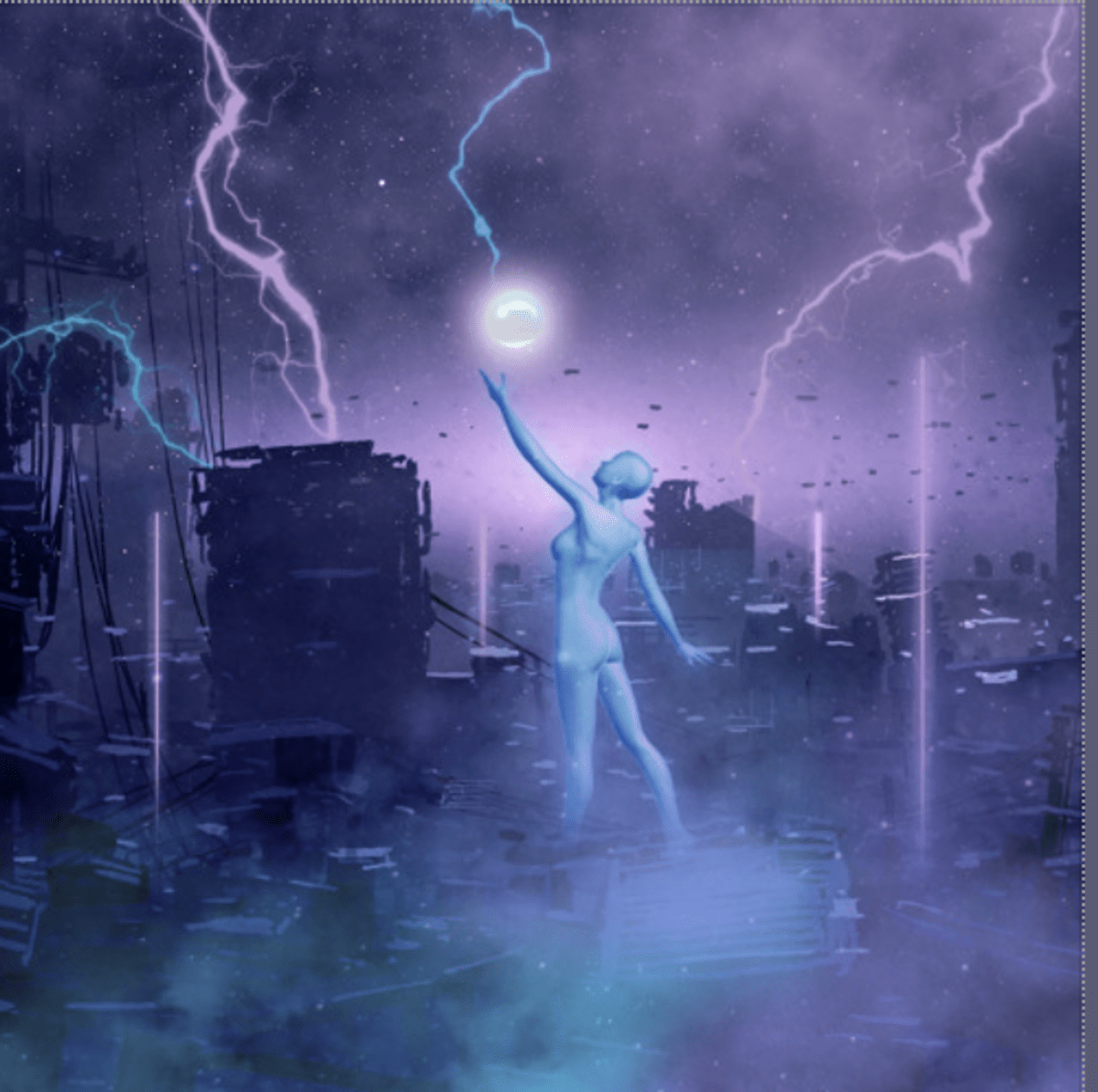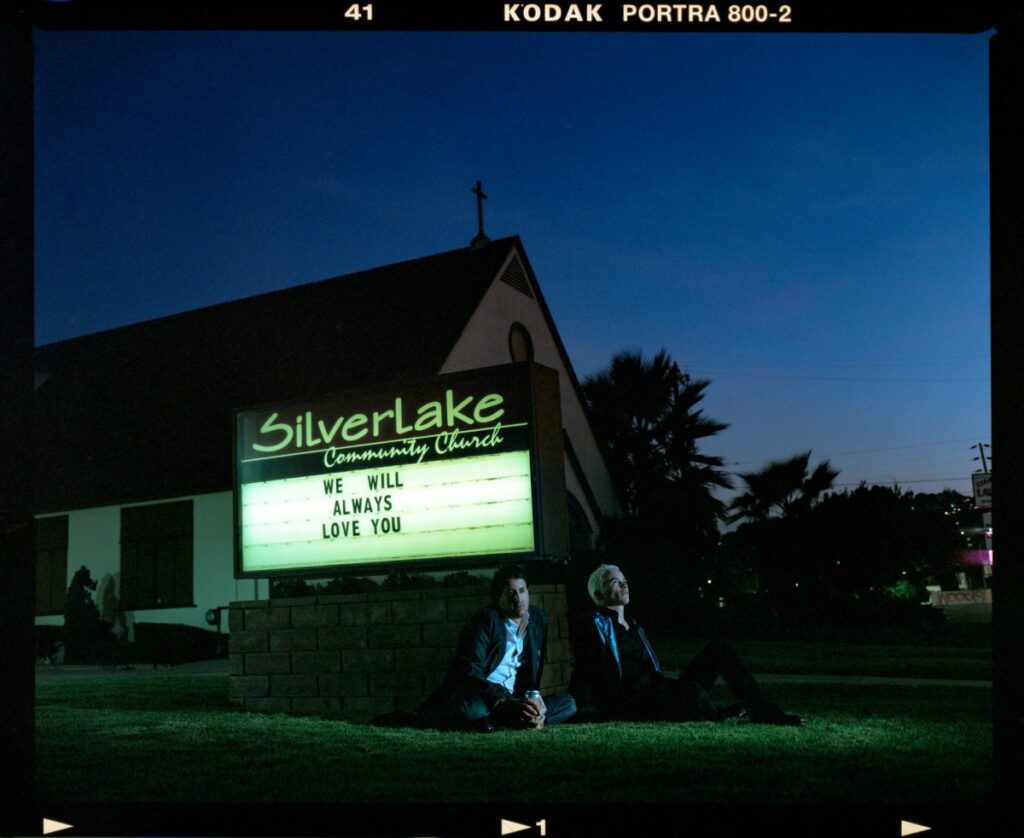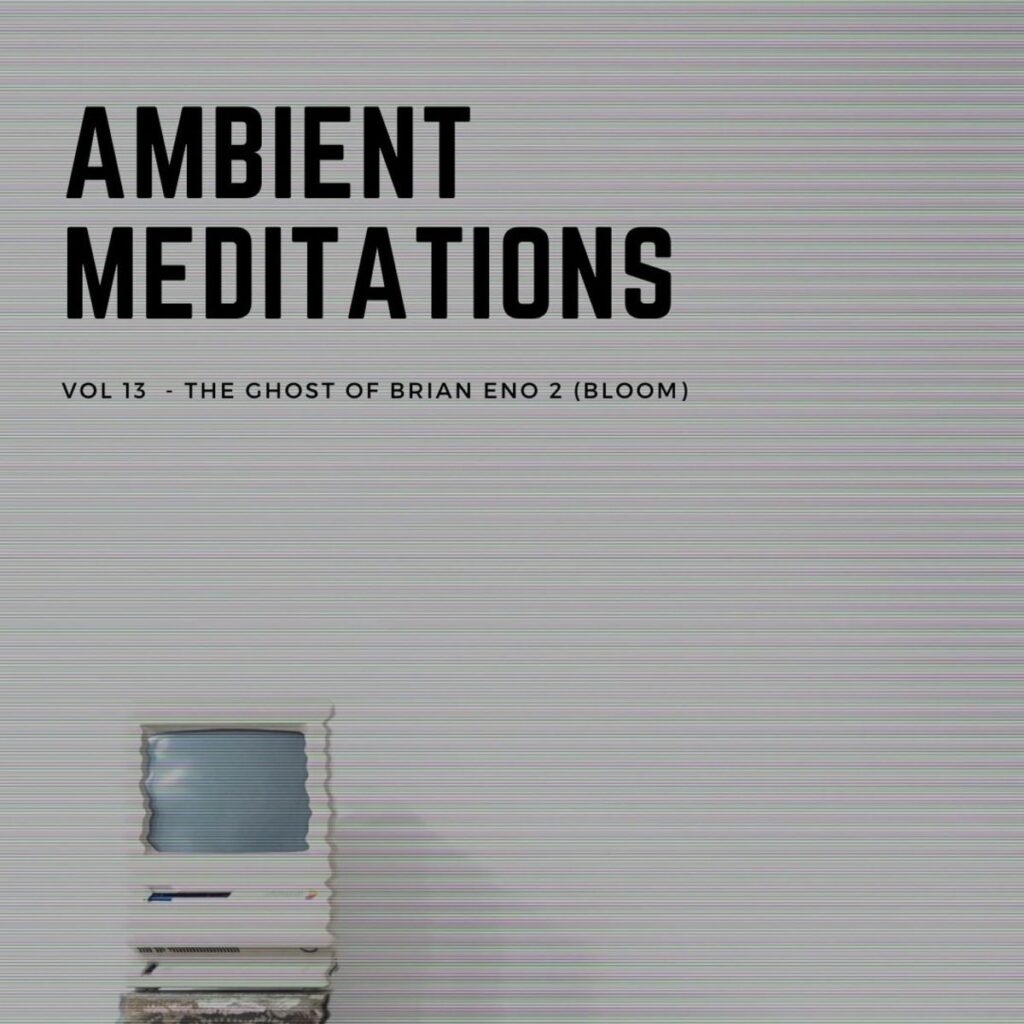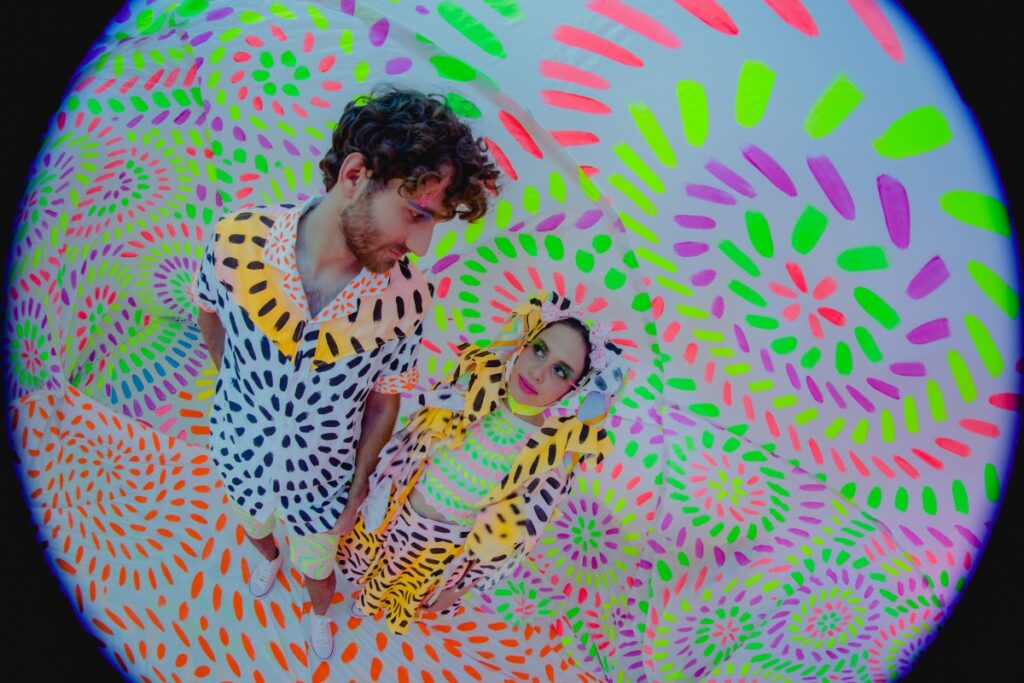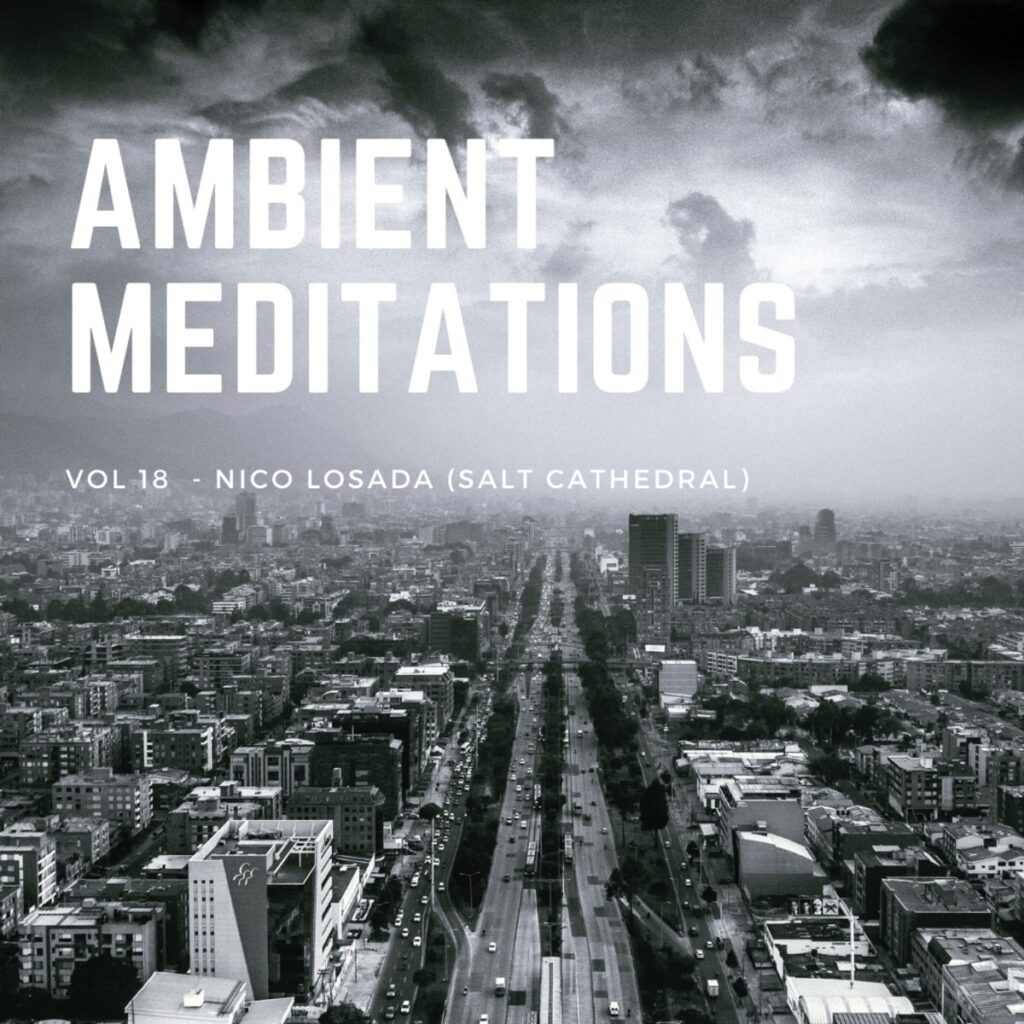Ukrainian producer and sound designer Wisdom Water recently released his debut EP ‘Anaphora’ – a three-track EP ranging from progressive house, electronica, and breaks. This record dishes out one awesome dance-inducing tune after another, as he employs a prismatic ray of genres in order to make a fusion of all the realms of sound that inspire him. Exploring the space in-between genres is where Wisdom Water gains the most inspiration and where he develops his most innovative sound concepts, and having the ability to navigate this domain is what sets him apart. We loved the release and asked him to break it all down for another edition of How It Was Made.
Words and photos by Wisdom Water
After releasing a few singles, I felt the need to write something more substantial and meaningful in order to push myself forward and train my creative focus. This EP was long time coming, for the 3 tracks on the record I think I wrote around 15-20 pieces which took 6-8 months. Constant revisions and edits, realisation that although writing without intention can bring great unexpected results, it can also take you a little too far and in the end a lot of tracks just don’t work in the context of an EP. After all the sweat and tears of writing my debut EP, I now feel a lot more confident creatively and definitely more conscious of the bigger picture when approaching a project like this, in the end it was totally worth the effort!

The setup
My process of writing and finishing music has evolved extensively over the years. At first, I was using just a computer and some midi controllers, then I switched to using hardware equipment as it was a lot more immediate and fun, it was a lot easier to build ideas and in my opinion, the ideas themselves were more interesting. Some of the first releases I’ve put out, like the track Late Registration, is just a one-take recording done all on hardware and modular synths. But when it comes to structuring and managing a project with just hardware – it is a real pain in the ass. At first, I would have a notebook to write which machines had what patterns / presets for specific tracks, but it really felt like I was stuck in the past, wasting too much time on things that I don’t really want to think about. Later I realised that in order to have a perfect balance between studio / live setup you really want the best of both worlds where hardware and software is fully integrated and talks to each other seamlessly. A few months went by and I started getting used to the new workflow, creating the initial ideas on hardware and then bouncing everything to Ableton to start doing the arrangement. One piece of equipment that allowed me to have perfect sync between Ableton and hardware is ERM Multiclock. It allows me to have clips/arrangements play in Ableton and all my machines play along perfectly in time. This way I can have my basic structure laid out in Ableton from previously recorded bits and I can then go back to hardware machines to created new layers/parts for the song. It also has a clock swing parameter, which I use as my global clock swing for all the hardware. It generates the midi clock from audio coming from Ableton, which is very stable and precise, unlike Ableton’s internal midi clock which always jitters.

ERM Multiclock
My beloved Elektron analog RYTM and Digitone can also recall all its internal settings via overbridge per each project in Ableton, so I don’t have to think about saving anything. Similarly for my other synths, if I record a midi clip in Ableton, I just store the preset number (program change) in the clip so I can work on multiple projects and still have the original sound sources setup, which is also extremely useful for creating a live-set in the future.
To sum up the general workflow, first I jam on ideas using hardware drum machines, keyboards, modular synths to get the groove and atmosphere going, once I feel like I have something worthy I will bounce everything separately into Ableton. A bit of editing to the clips and they are ready to be arranged into a basic song structure. Laying down a rough arrangement really helps you to stay focused. Once the arrangement is there it almost always needs more tweaks and more ideas and variation, that is when I usually go back to playing with synths and reiterating the above process until the track is done and can now be mixed. All mixing I do inside Ableton with my favourite plugins from Fabfilter / Soundtoys / UAD.
All the mastering is taken care of by my trusty and talented engineer Aneek Thapar.

Elektron machines
Let’s talk about the record. The first track Mile started with me messing around on the Sequential OB6, the fuzzy and repeating lead melody is what started that track. Later I created the core of the beat on analog Rytm and added extra breaks from Octatrack, which made the track a little more gritty sounding. The challenge with this track was to make it sound interesting while keeping the lead melody the same with some filter tweaks over time. To balance out the repeating melody I added extra arps from my modular synthesiser, more drum variations, and creative mixing later on in Ableton. With this track, I really tried capturing the sense of euphoria and dynamic motion.

OB-6, Digitone
The second track Overmore is definitely inspired by the sound of the UK rave scene. From deep organ bass sound to punchy kick drums and jungle breaks, psychedelic synth lines and physical modeling sounds. Overall it still carries a fairly light atmosphere, which I am a big fan of lately, but the progressive feel is what really makes it danceable. A lot of the textures were done with my custom granular patches on a Eurorack module called Orthogonal Devices ER-301. It is like Max MSP in a module, but a lot more user friendly, took me around 2 years to really grasp it as at the time there was barely any documentation on how to use it so it was up to me to research forums to learn how to get the best out of it.

The final track Blue Dot is my personal favourite. It started out with me building an electro beat on Analog Rytm and Octatrack. It had this hypnotic feel about it that really came together when I added the bass line from Elektron Digitone. It sounds fairly sparse and simple, but it just carries this feeling of apathy that resonated with me a lot at the time. To me it feels like a drive into nowhere on an endless empty road The lead melody was done on Prophet rev2, the idea here was to make the lead melody sound like a voice telling a story, and I think I really managed to achieve this. It represents a conversation with your inner self.
I am really happy to share this work with you and hope that it will inspire others to keep on pushing through whatever they are going through in their lives!
Grab your copy here.


